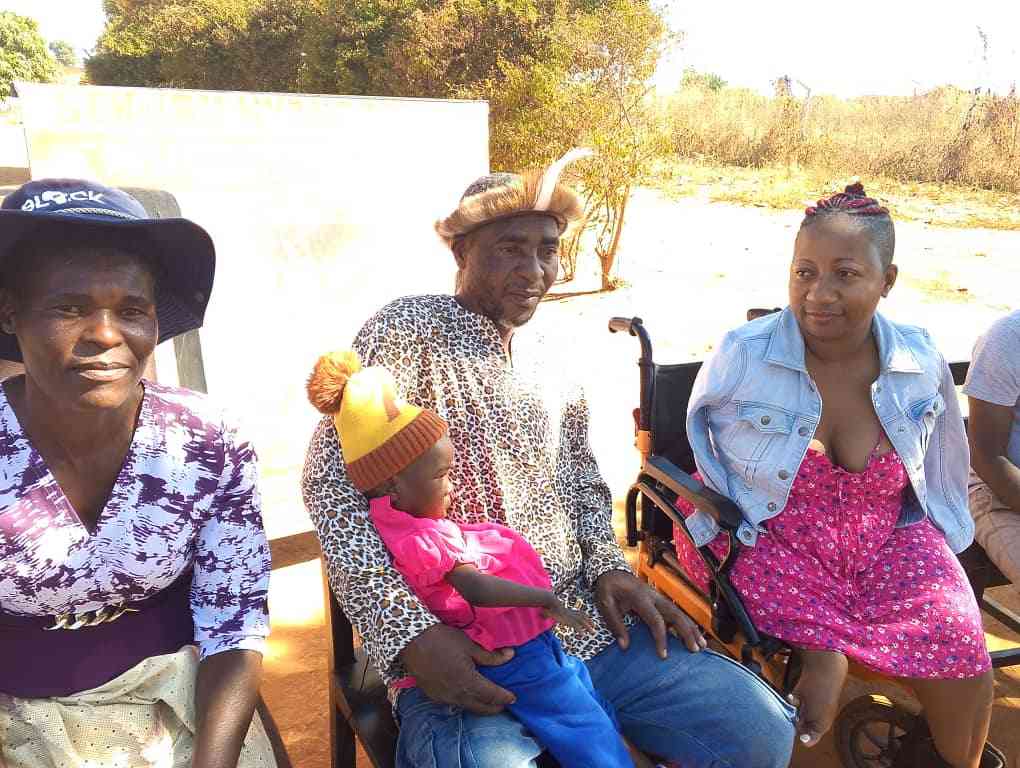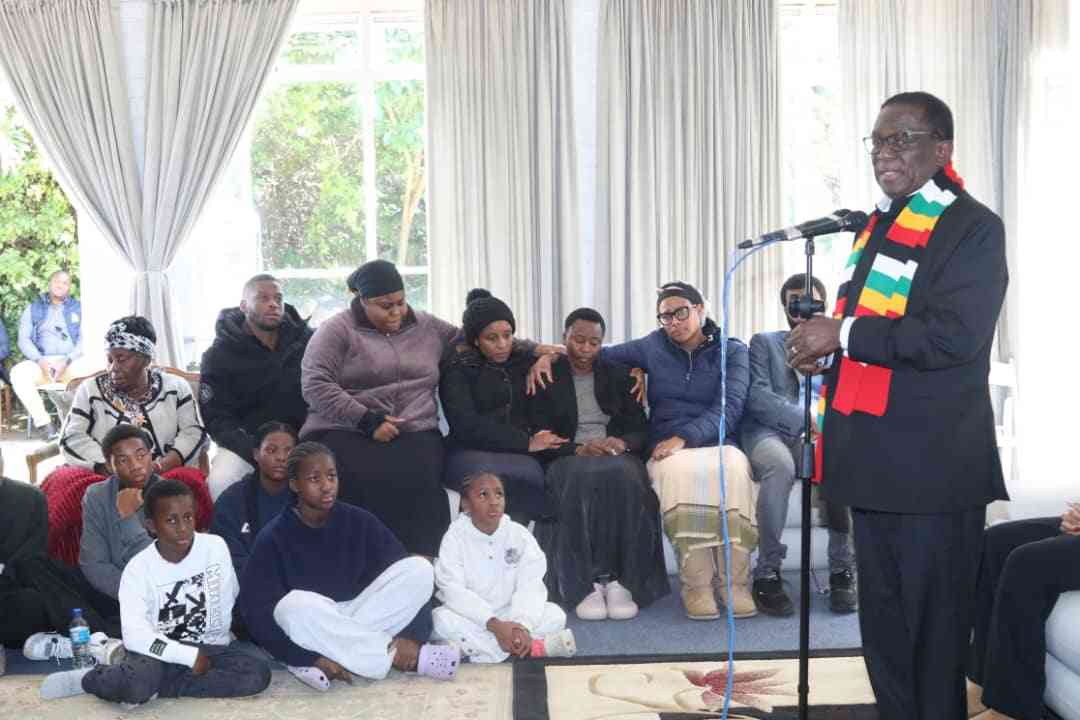
The resolutions reached at the 17th annual Convention on International Trade in Endangered Species of Wild Fauna and Flora (Cites) Conference of Parties (CoP17) held in Johannesburg, South Africa from September 24 until October 5 brought mixed feelings.
environment By Chipo Masara

Johnny Rodrigues of the Wildlife Conservation Task Force is one person that was disappointed with the outcome. He said his organisation had hoped to see Zimbabwe’s elephants, lions and rhinos, among other endangered species, being transferred from Appendix II to Appendix I. Such a resolution, Rodrigues said, would have ensured that the animals are saved from eventual extinction.
Cites Appendix I includes species threatened with extinction, with trade in these particular species permitted only in exceptional circumstances. Appendix II includes species not necessarily threatened with extinction, but in which trade must be controlled in order to avoid utilisation incompatible with their survival.
According to Rodrigues, Zimbabwe’s rhinoceros, elephants and even lions, are in imminent danger and need to be transferred into Appendix I to ensure their continued existence. He said failure by Cites to ensure the proposal sailed through was proof that the body was compromised and may be under the control of the very same people that were involved in wildlife trading practices that were endangering the animals.
“There are just too many powerful people involved with Cites and too much bribing going on. We have lost faith in Cites and want to engage the United Nations to take over,” said Rodrigues, adding that plans by his organisation to appeal for assistance from the UN were at an advanced stage.
On the other hand, the decision to leave the country’s elephants in Appendix II would have come as a great relief to the Zimbabwe Parks and Wildlife Management Authority (ZimParks) — working hand in glove with the Environment ministry — who had made their intention clear before the convention commenced. ZimParks had vehemently objected to the proposal to transfer the elephants to Appendix I, maintaining that such a move would have “serious conservation, economic and social implications for Zimbabwe”.
The Zimbabwean authorities submitted a proposal to amend the annotations that are currently hindering government from trading in ivory, which they insisted was “depriving the Zimbabwean population of benefits from this God-given natural resource”.
- Chamisa under fire over US$120K donation
- Mavhunga puts DeMbare into Chibuku quarterfinals
- Pension funds bet on Cabora Bassa oilfields
- Councils defy govt fire tender directive
Keep Reading
To defend their stance, ZimParks stated: “There is an overpopulation of elephants in Zimbabwe and the ecosystem, in the major elephant range areas, is already under pressure from the high numbers. This generally tends to compromise the survival of other species of plants and animals.”
They added: “Zimbabwe believes that natural resources (elephants and other animals) are for people (Zimbabweans) and should benefit its people (its citizens),”adding that “the protectionist idealism is contrary to economic development in Zimbabwe. The growth of the tourism economy in Zimbabwe is hinged upon the sustainable utilisation of the resources found within the country.”
For the last nine years, Cites parties have been negotiating a “decision-making mechanism” (DMM) meant to establish a process for a future trade in ivory. Together with Namibia and South Africa, Zimbabwe put forward a proposal at the just ended CoP17 conference calling for the DMM to be established.
The proposal to authorise ivory trade was, however, rejected at the conference as more than 180 countries voted to maintain the international ban on trade in ivory and rhino horn, while also adopting global bans on trade in pangolins and African grey parrots. In addition to calling for the closure of domestic ivory markets that are contributing to illegal trade, the majority of countries showed support for the Cites-led National Ivory Action Plan process, which identifies countries that are weak points in the illegal ivory trade chain, and are central to efforts to halt the ivory trade. The continued ban of the ivory trade would come as a blow to the Zimbabwean authorities who were banking on raising revenue for the government through the sale of the country’s large ivory stockpiles.
The general feeling shared by those that participated in the conference and called for its continued ban was that allowing the supply of the commodity to countries such as China, Vietnam and North Korea would only fuel further demand for it, ensuring the animals’ eventual extinction.
ZimParks has on numerous occasions intimated how the ban on the ivory trade places the country’s animals in more danger from the marauding poachers. The authority has for a while been making frantic efforts to convince the world that allowing the country to trade its ivory would assist in conservation efforts — but the claims have been widely seen as nothing more than an attempt by those in positions of influence to self-aggrandise at the expense of the animals and Zimbabweans that look to the wildlife as their heritage.
For feedback, email: [email protected]











